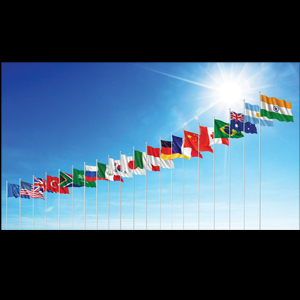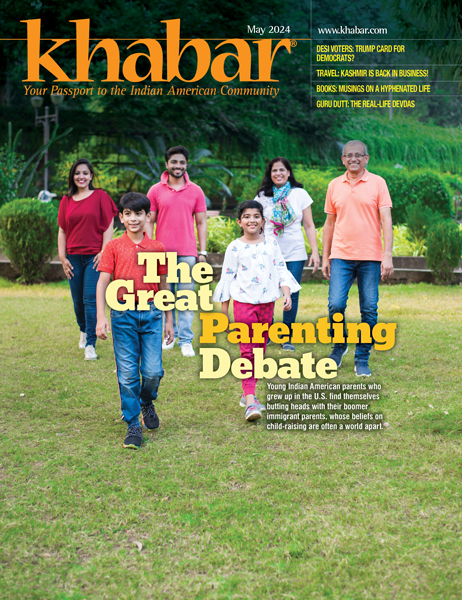IndiaScope: Emerging Multilateralism

In the 1990s and beyond, the U.S., Russia, and their allies seemed to be working together in a plethora of global arenas to manage the world’s big problems: arms control, nuclear deterrence, regional conflict. But relationships slowly deteriorated until they have now hit rock bottom since the Ukraine war. After Russia was sanctioned out of every global venue that the U.S. and NATO could influence, multilateral global governance has become increasingly difficult.
New camps are (re)emerging, which have some similarity to the old Cold War camps: the U.S. and Western allies on one side, with an even tighter China- Russia nexus on the other. The rest of the world is lining up, either openly or warily with one or the other. Except a bloc that studiously refuses to choose sides. And the leader of this bloc, going by how much it is courted by global elites these days, is undoubtedly India.
India’s experience with not openly aligning with the world’s hegemons is old and deep, having been a founding member, under Nehru, of the original Non-Aligned Movement. However, despite this practice and its natural foreign policy inclination towards neutrality (most recently under the moniker of strategic autonomy), India is facing increasing pressure to become a closer ally of the West, while maintaining greater distance from the group of other old friends—the former non-aligned countries, Russia, and frenemy China.
In Johannesburg this year, BRICS made the decision to expand significantly. However, several new members like Iran and Brazil are anti-U.S. Others like Argentina are in economic trouble. And the majority are quite autocratic. Will the new BRICS increase China’s power in the organization? Will India, with its democratic structure of governance (despite on-going tensions) and economic dynamism, not to mention newly strengthened pro-Western leanings, become the oddman out? And will the new BRICS become an alternative forum to push back against the Western monopoly of preferred global norms and currencies? Whereas 71% of the world’s central banks held reserves in U.S. dollars in 1999, today it is 59%. Riding these prevailing trends, India has comfortably taken on payments in other currencies for bilateral trade, including huge purchases of Russian oil, despite U.S. disapproval.
Fast-forwa rd to the recent G-20 summit in New Delhi, the last under India’s presidency, and one that by all accounts is emerging as another triumph for India, perhaps underlining the unique position that it has burnished since the Ukraine war. Sought after by the U.S. and Russia, courted by the E.U. and NATO, included in strategic organizations with Japan and Australia, envisioning a new rail line that would link it with the Middle East and Europe, and with an economy that quietly became the fifth largest in the world, India has become something of a global darling, a country towards which much of the world is turning for solutions to global messes.
In turn, India seems to be exercising its famed diplomacy with considerable success, pressing the G20 to focus on the problems of the world’s poorest countries and inviting the African Union to join the organization, thereby extending representation to the continent. India’s foreign policy bureaucracy and skilled diplomatic wordsmiths have framed a concluding statement acceptable to all 20 members—no mean feat in these tense global times. It emphasizes sovereignty without calling out any particular country and includes issues of greatest relevance to the global south, like food insecurity.
So it seems that India has no need to change its stance to become overtly closer to any country or global bloc for the present. It will continue its important role in the BRICS and the G20—and continue to be a prominent player in the world, a role that serves PM Modi quite nicely, as India’s rise can be conflated with his own. Thanks to India, when the G20 meets next, it will be the G21. And India . . . will it be Bharat?
Tinaz Pavri is Professor of Political Science and Director of the Asian Studies Program at Spelman College, Atlanta. A recipient of the Donald Wells Award from the Georgia Political Science Association, she’s the author of the memoir Bombay in the Age of Disco: City, Community, Life.
Enjoyed reading Khabar magazine? Subscribe to Khabar and get a full digital copy of this Indian-American community magazine.
blog comments powered by Disqus












